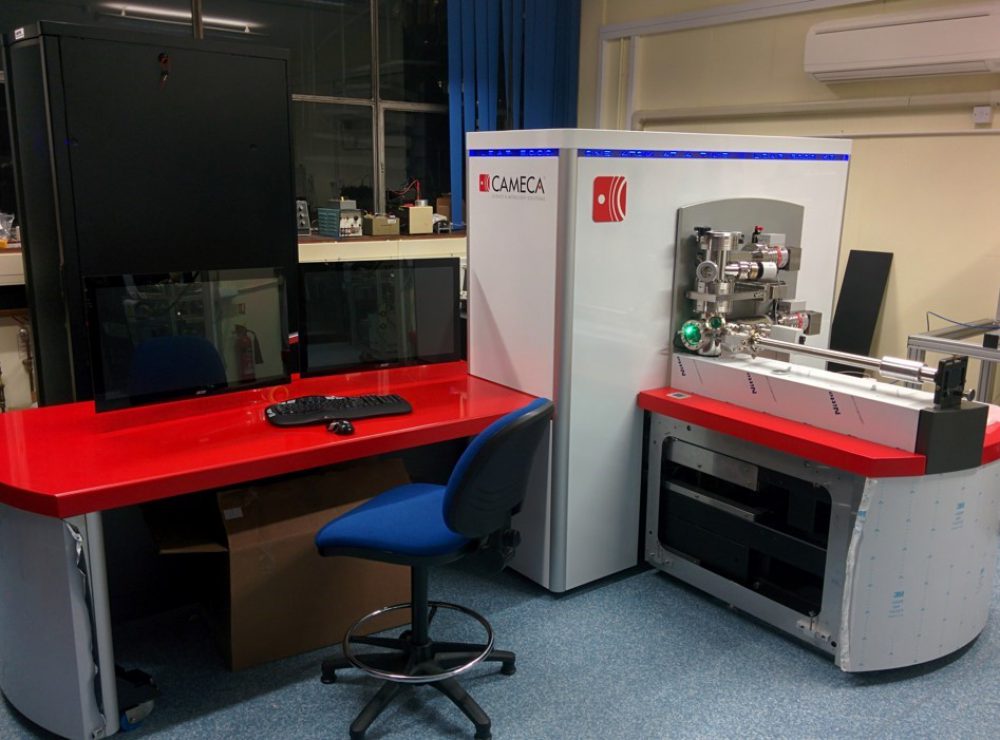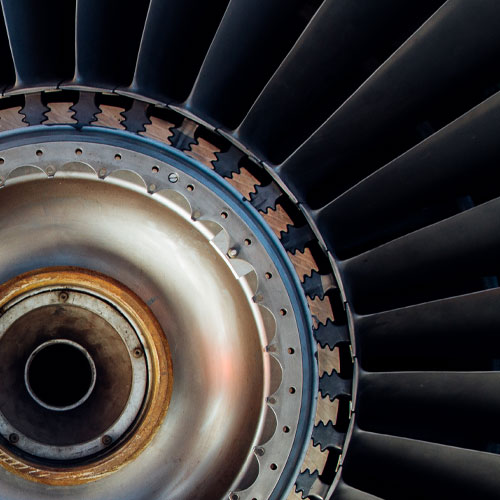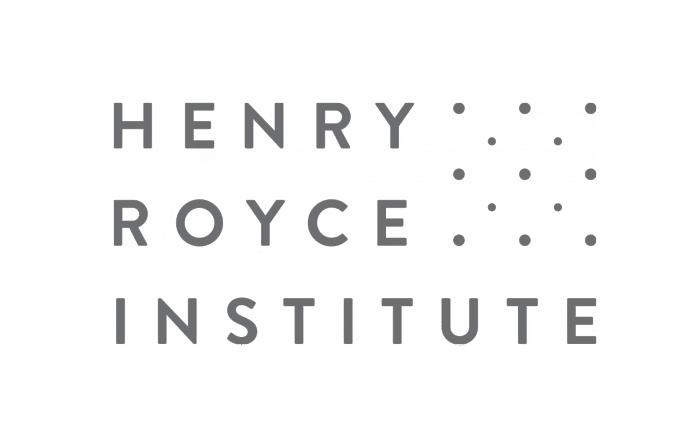This website uses cookies so that we can provide you with the best user experience possible. Cookie information is stored in your browser and performs functions such as recognising you when you return to our website and helping our team to understand which sections of the website you find most interesting and useful.
For the microstructural characterisation of a material in 3D at the atomic scale.

Detailed Description
Atom Probe Tomography is a powerful microstructural technique using position-sensitive time of flight mass spectrometry. A sharp needle of the desired material is produced using either electropolishing or focused ion beam (FIB). This needle is loaded into the atom probe and pumped to better than 3×10-11 Torr and cryogenically cooled to 20-70K. A high voltage is applied between the specimen tip and a local electrode. Then a pulse of either higher voltage or a laser beam is applied, enough to field evaporate 1 atom at a time into the detector. The time of flight between the pulse and the atom hitting the detector gives the mass/charge ratio and hence elemental species of the evaporated atom, and the position on the detector gives spatial information about the position of the atom within the needle. Over hours of analysis time and millions of evaporated atoms, a 3-dimensional atom-by-atom image of the chemical composition of the specimen can be reconstructed.
Uses/Applications
- Catalytic nanoparticles for fuel cells/hetergeneous catalysts
- Thermoelectric and semiconducting materials
- Advanced engineering alloys (Ni, Al and steels) for aerospace
- Automotive applications
- Nuclear applications

